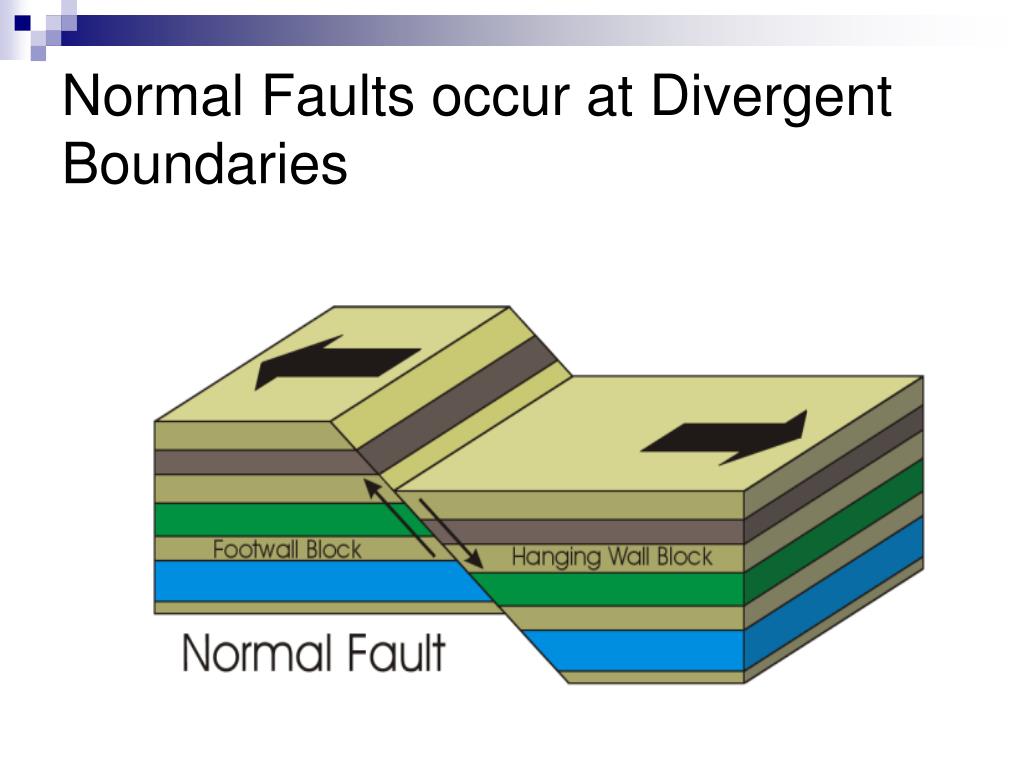

#Divergent boundary examples series
The time series of PWC reflect a combination of a forced response to increasing greenhouse gas concentrations and internal climate variability, i.e., interannual variability (El Niño-Southern Oscillation (ENSO)) and decadal-to-multidecadal climate variability.

However, the above examples have led to some conflicting conclusions about the trends of PWC strength. , further supported by the isotopic analysis of corals in the tropical Pacific. Similar conclusions for this time frame were reached also by Power and Kociuba and DiNezio et al.

used evidence on the trends of marine cloudiness, precipitation, SLP, and SST gradients in the equatorial Pacific to conclude on 20th century PWC weakening. , who analyzed the SLP gradient over the tropical Pacific derived from the atmospheric general circulation model (AGCM) experiments forced by SSTs from the International Comprehensive Ocean–Atmosphere Data Set (ICOADS, ), which was applied instead of the more commonly used HadISST1 data. PWC weakening between 19 has also been suggested by Tokinaga et al. Bellomo and Clement related the vertical velocity in the PWC’s ascending branch to observed cloud cover and argued for a weakening PWC trend during the 1954–2008 period, consistent with the projections of PWC weakening by climate models due to anthropogenic climate change. For example, Kociuba and Power reported that any trend starting before 1951 and ending in 2012 was negative. On the other hand, a number of studies have reported a weakening trend of the PWC, particularly studies based on historical simulations using coupled climate models, as well as observation-based studies that used time frames, starting before 1960 and ending in 2000–2020. The strengthening of the PWC led to increased zonal sea-surface temperature (SST) gradients in the equatorial Pacific and enhanced upwelling of the cold deep-ocean water in the Eastern Pacific, causing the so-called global warming hiatus in the 2000s and early 2010s. , Zhao and Allen, as well as by Falster et al. A strengthening of the PWC in recent decades was also suggested by Chen et al. Other studies identified PWC strengthening using satellite-based observations of precipitation and vertical water vapor transport in the ascending branch of the circulation. Kociuba and Power applied an identical SLP index and observed significant strengthening of the PWC during the 1980–2012 period. reached similar conclusions for the 1979–2008 period using purely observational datasets and different metrics including sea-surface-temperature (SST) and sea-level-pressure (SLP) differences across the equatorial Pacific.

Using satellite data (from microwave imagers and infrared sounders) and reanalyses, they reported a PWC strengthening in the 1979–2007 period. For instance, Sohn and Park related the PWC strength to the magnitude of horizontal water vapor transport in the lower return branch of the PWC. These metrics have been applied to various observational and reanalysis datasets over different time periods. Several metrics have been used in the literature to describe the strength and temporal changes of the PWC. The results hint at the multidecadal variability in the PWC strength with a period of approximately 35 years, which would result in continued weakening of the PWC in the coming decade. While trends for 1981–2010 show PWC strengthening, trends for 1951–2020 are mostly neutral, and the recent trends (2000–2020) show (insignificant) weakening of the PWC. Therefore, the trends in PWC strength vary depending on the chosen time frame. The indices tend to disagree the most during the periods of strong El Niño. We show that the normalized PWC indices largely agree on the annual-mean strength of the PWC, with the highest correlations observed between indices that measure closely linked physical processes. We propose a revised velocity potential index, while we also discuss two streamfunction indices. In this study, we review and compare 10 different indices measuring the strength of the PWC using data from the ERA5 reanalyses for the period 1951–2020. The Pacific Walker circulation (PWC) significantly affects the global weather patterns, the distribution of mean precipitation, and modulates the rate of global warming.


 0 kommentar(er)
0 kommentar(er)
